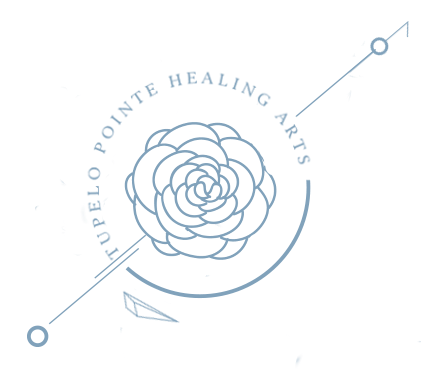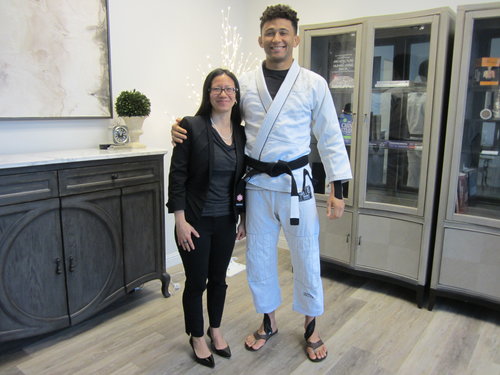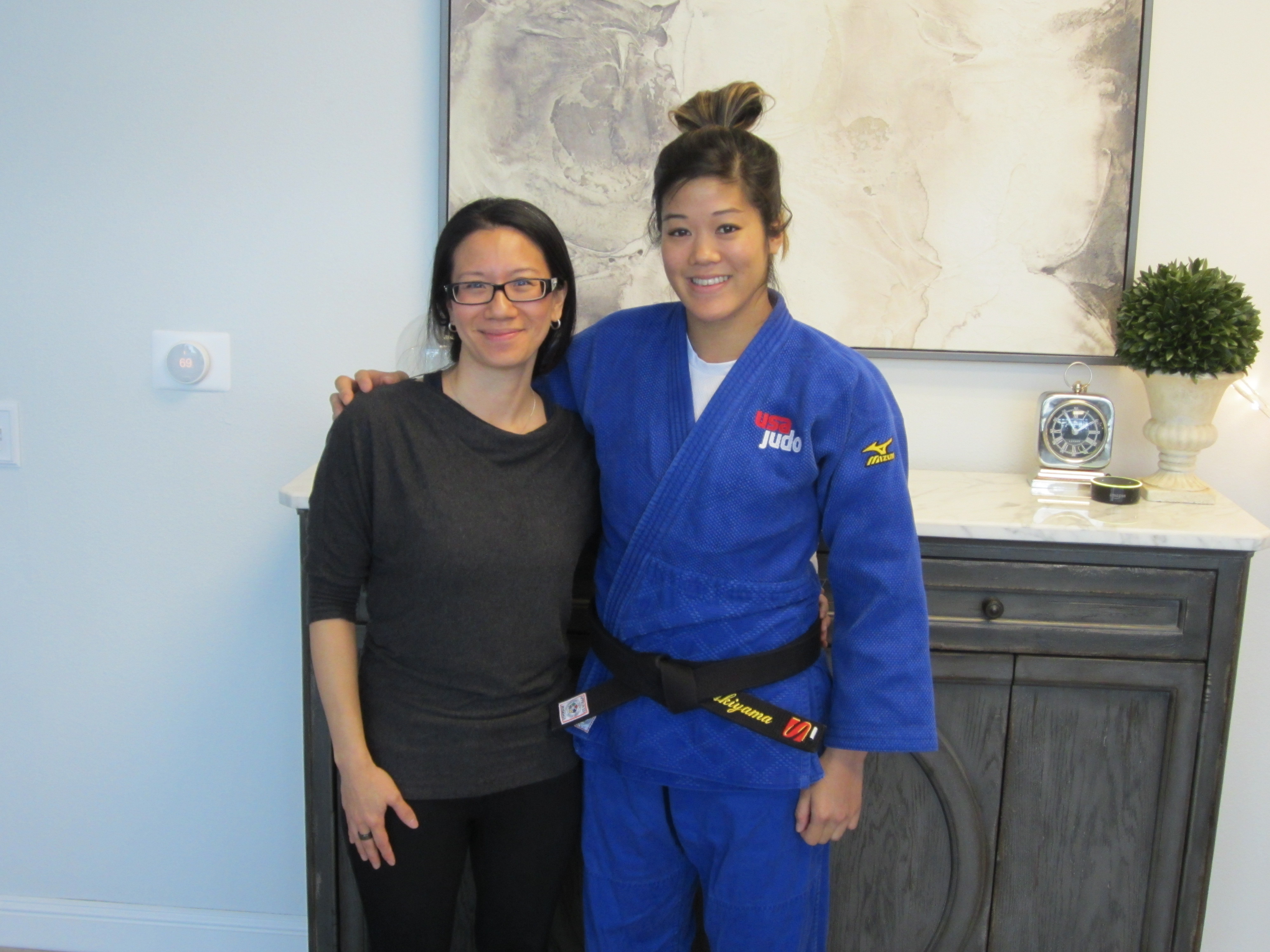Key Points About the Connections Between Hypermobility and Fascia
These discoveries reframed hypermobility disorders as conditions involving significant fascial dysfunction, bridging genetic and tissue-level manifestations.
- In 2016, Maria Colombi, PhD, and her team discovered altered gene expression related to the extracellular matrix (ECM) in hEDS, revealing a shift from fibroblasts to myofibroblasts.
- In 2021, Tina Wang MD connected this translation to an increase in deep fascial thickness in individuals with HSD and hEDS.
- In 2023 using advanced ultrasound techniques, Tina Wang MD demonstrated that thickening of fascia in hEDS and HSD patients was linked to impaired inter-fascial gliding, leading to joint instability, chronic pain, and movement dysfunction.
Podcast: How EDS and HSD Impact Fascia and Pain with Tina Wang, MD. The Bendy Body Podcast. Sept 5 2024. https://www.bendybodiespodcast.com/how-eds-and-hsd-impact-fascia-and-pain-with-tina-wang-md/
Densification
In 2021, Tina Wang, MD, an expert in fascia research, built upon the work of Maria Colombi, PhD, who had identified altered fibroblast-to-myofibroblast transition in HSD/hEDS. Dr. Wang discovered an increase in deep fascial thickness in individuals with HSD and hEDS, identifying a physical change in the tissues that correlated with the molecular shifts seen in the lab. Dr. Wang’s research built on earlier findings by Dr. Antonio Stecco, MD, PhD, who had identified ultrasound markers showing increased deep fascial thickness in populations without HSD.
Shear Strain / Interfascial gliding
In 2023, Dr. Wang used advanced ultrasound technique to show that in individuals with HSD/hEDS fascial thickening impaired inter-fascial gliding—the smooth movement of fascia that is essential for pain-free and functional motion. This impaired gliding is likely linked to common symptoms in these patients, such as joint instability, chronic pain, and proprioceptive impairment. Dr. Wang’s work marked a significant step in understanding how fascial dysfunction contributes to the physical manifestations of hypermobility disorders.







